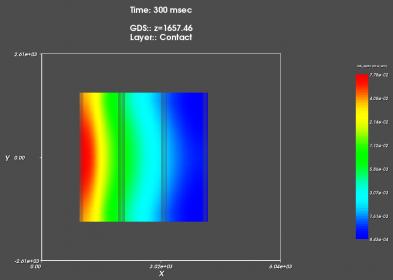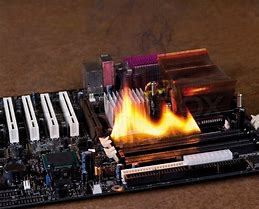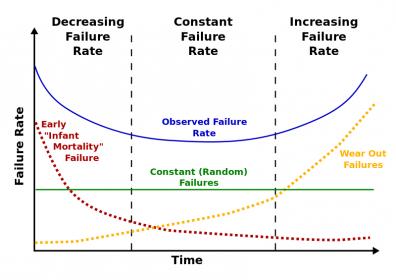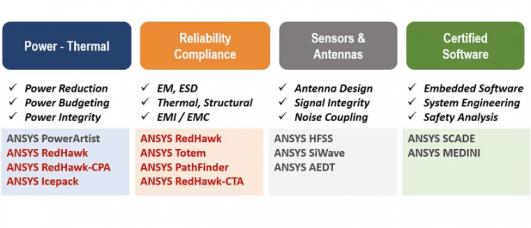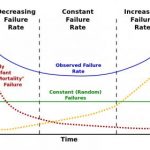The semiconductor industry is rapidly moving beyond traditional 2D packaging, embracing technologies such as 3D integrated circuits (3D ICs) and 2.5D advanced packaging. These approaches combine heterogeneous chiplets, silicon interposers, and complex multi-layer routing to achieve higher performance and integration.… Read More
Webinar: Accelerate Thermal and Flow Optimization with Ansys optiSLang and Thermal Desktop
Join our webinar to learn how Ansys optiSLang and Thermal Desktop tackle thermal and fluid challenges, optimize design, and enhance product performance with a vapor chamber use case.
Date & Time:
November 5, 2025
11AM EDT
Venue:
Virtual
Overview
In this webinar, discover how Ansys optiSLang and Ansys Thermal Desktop empower





